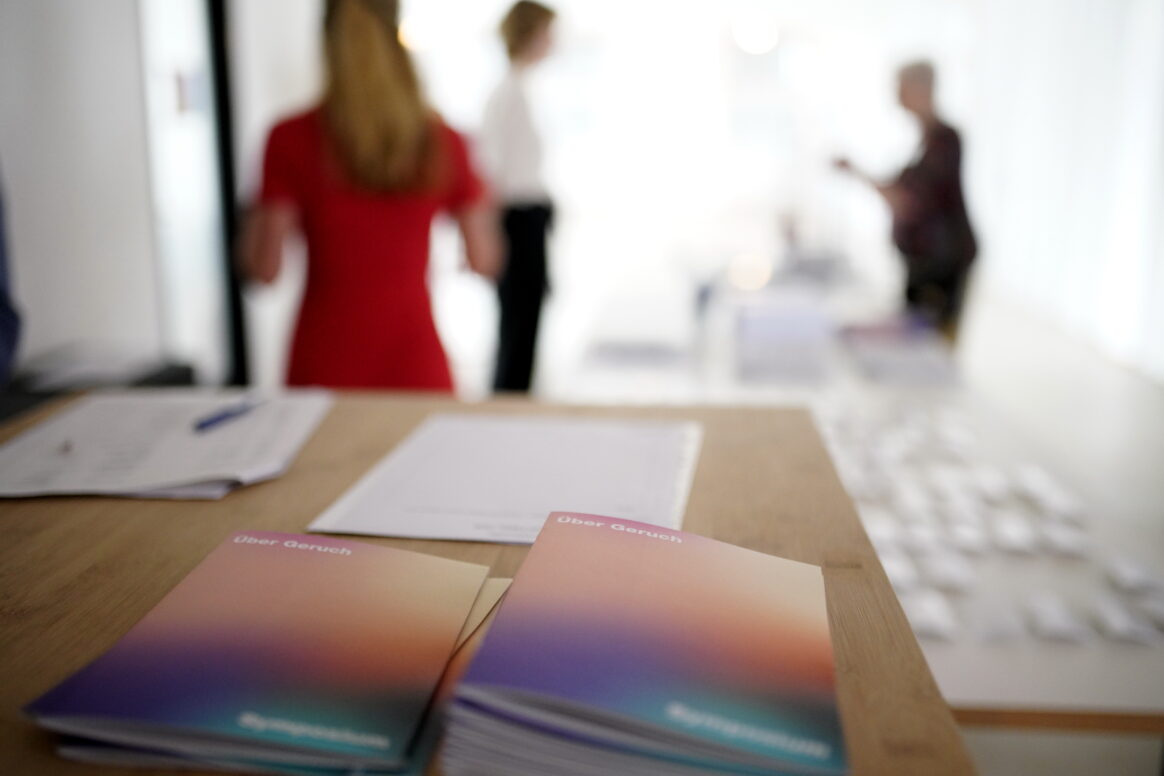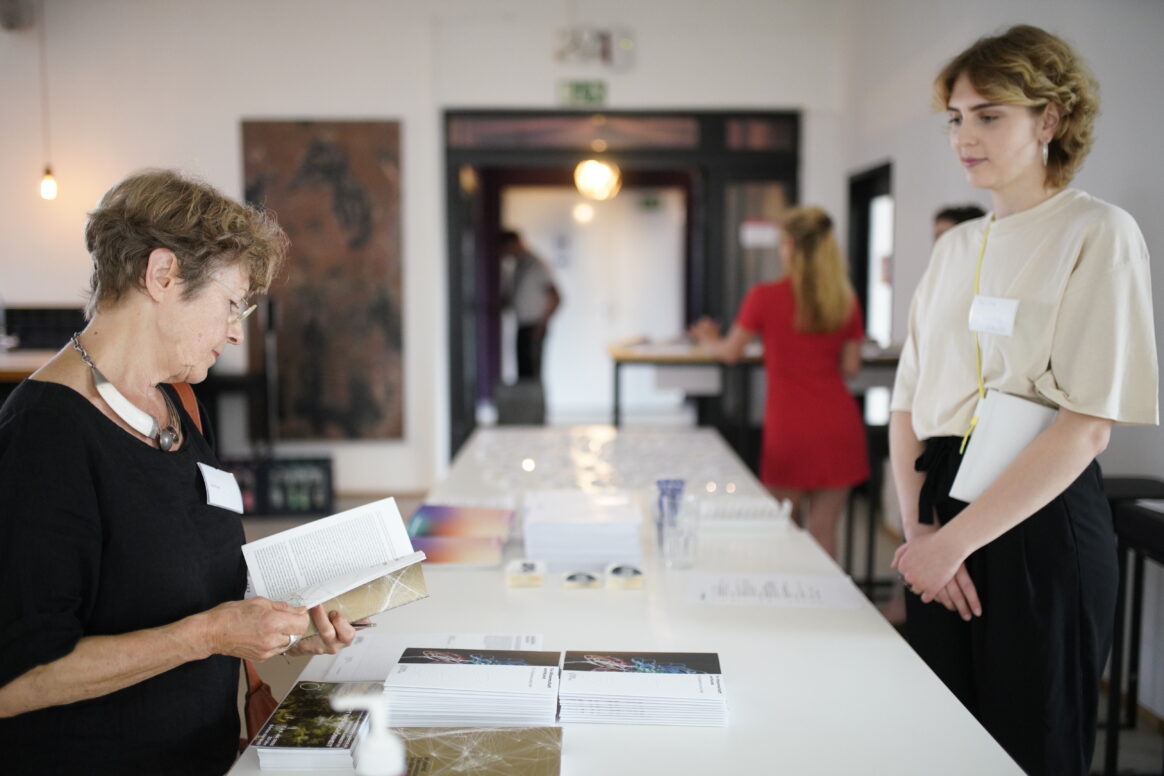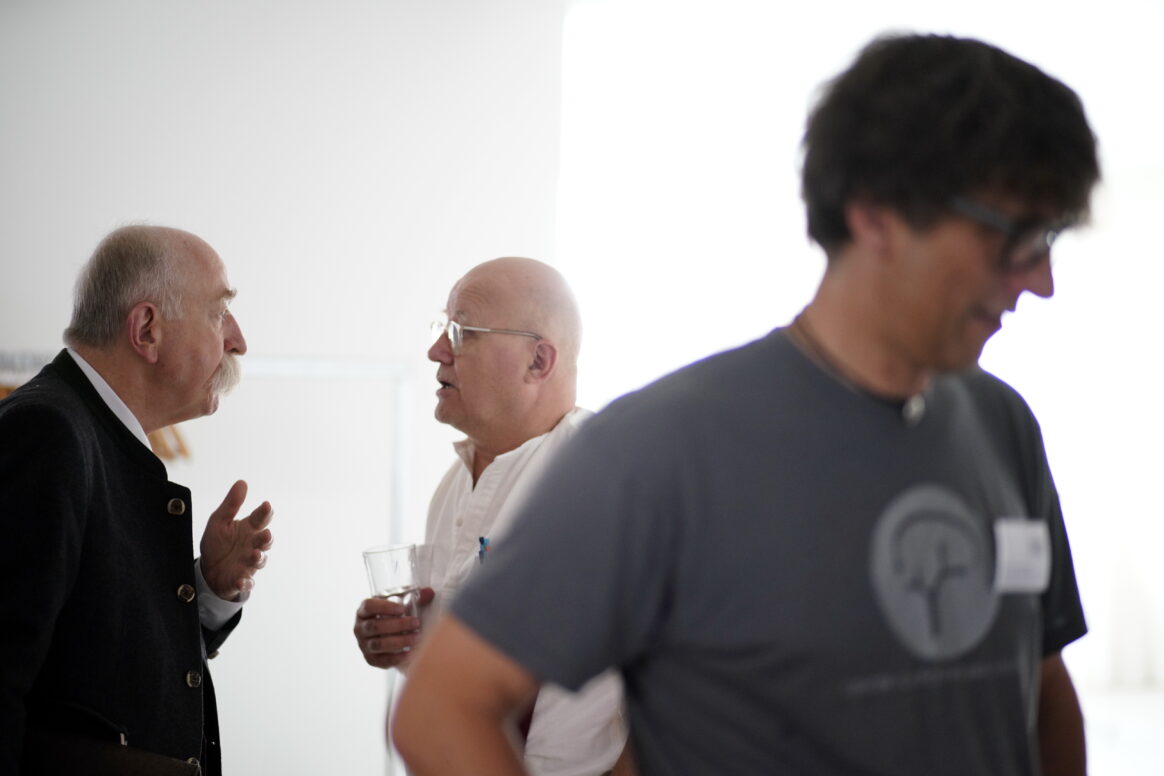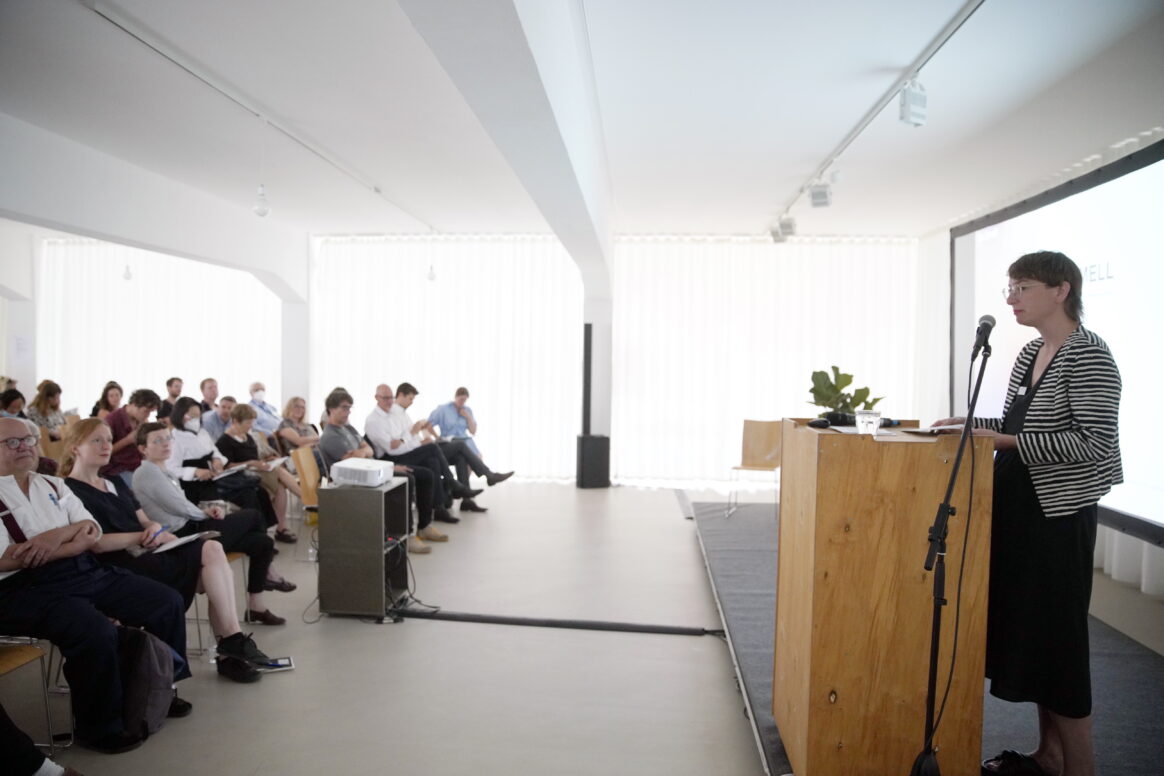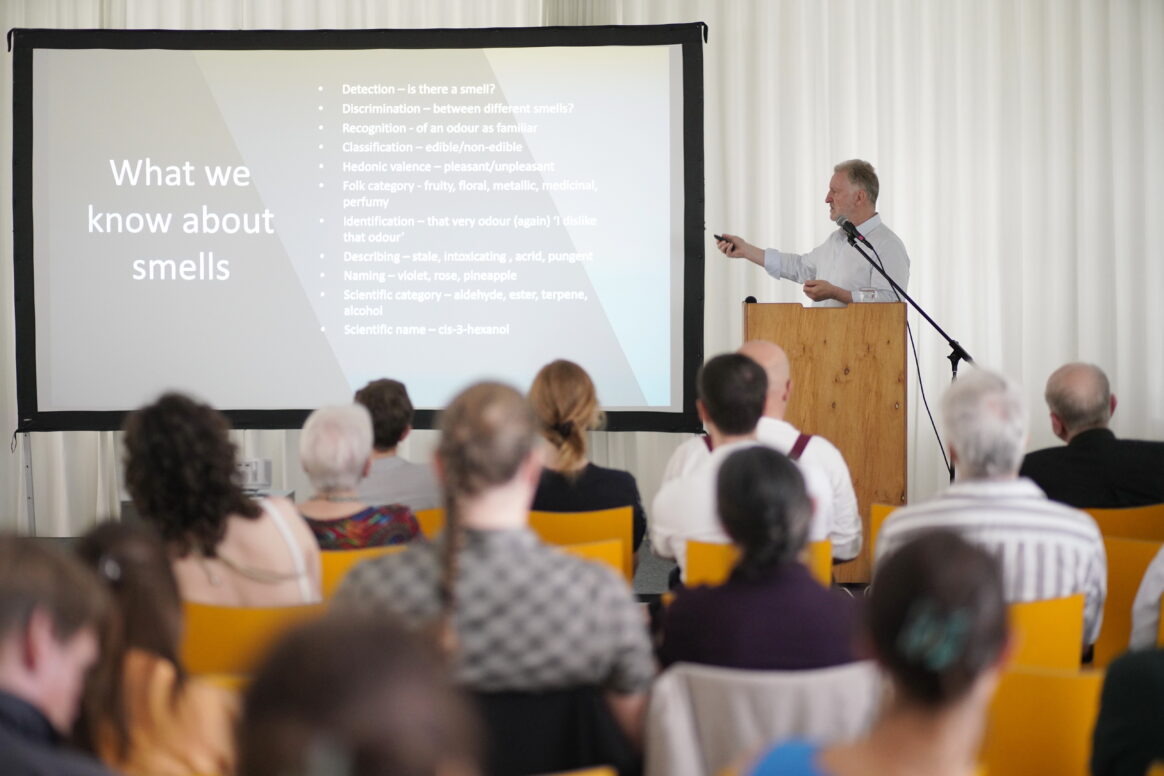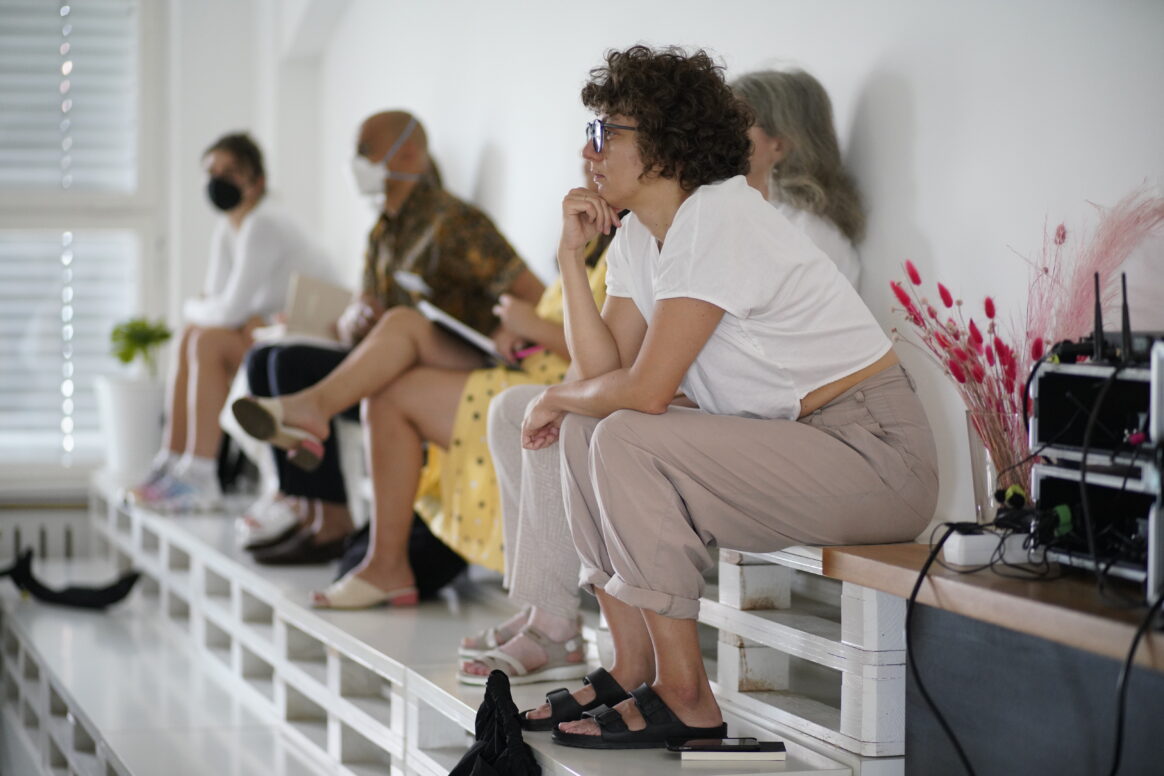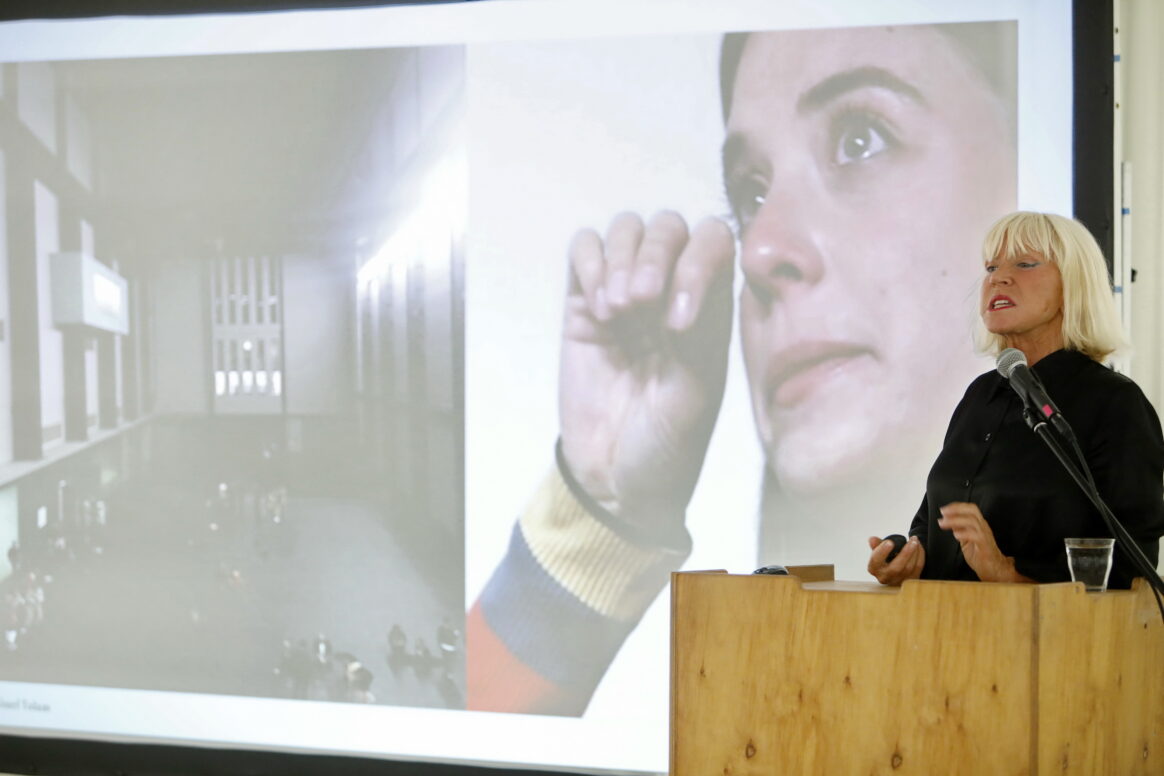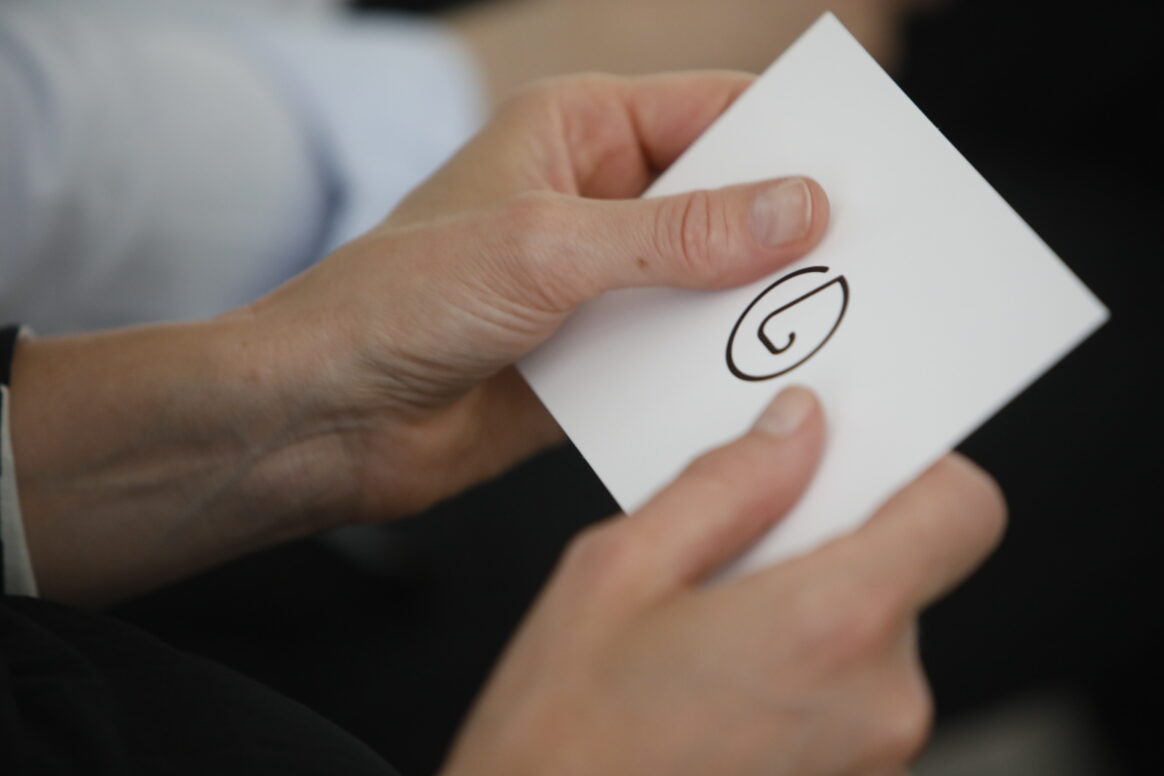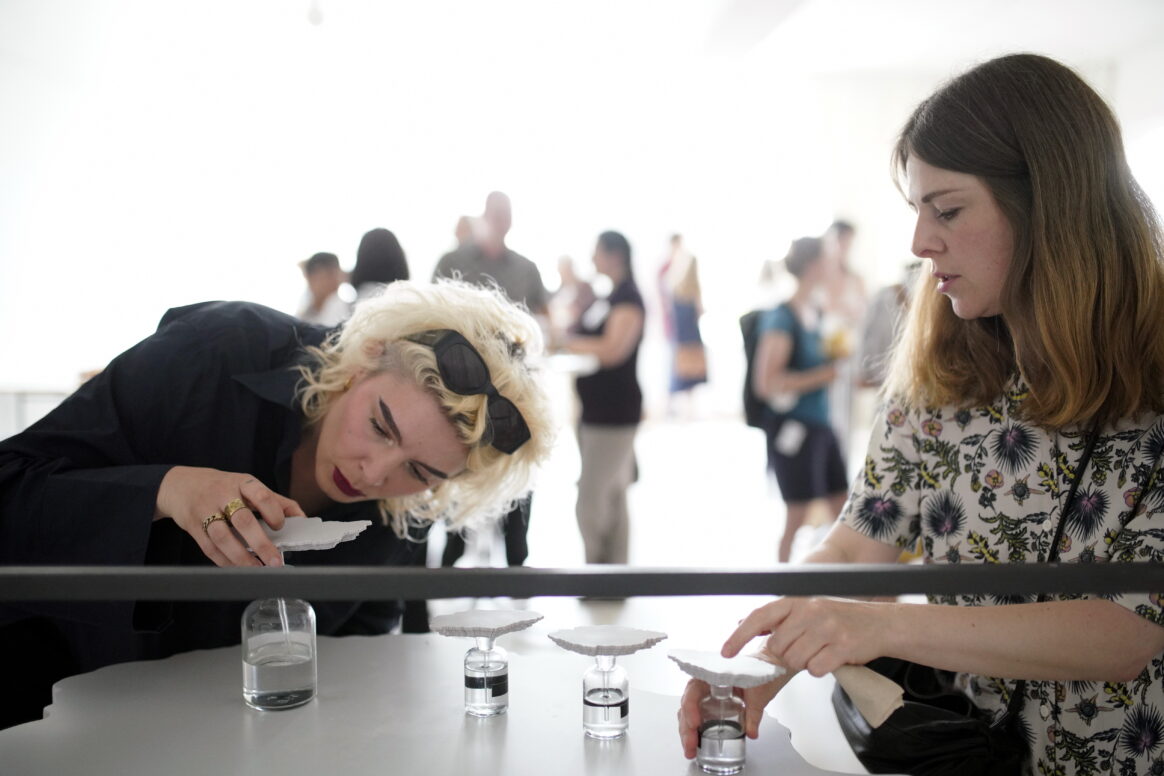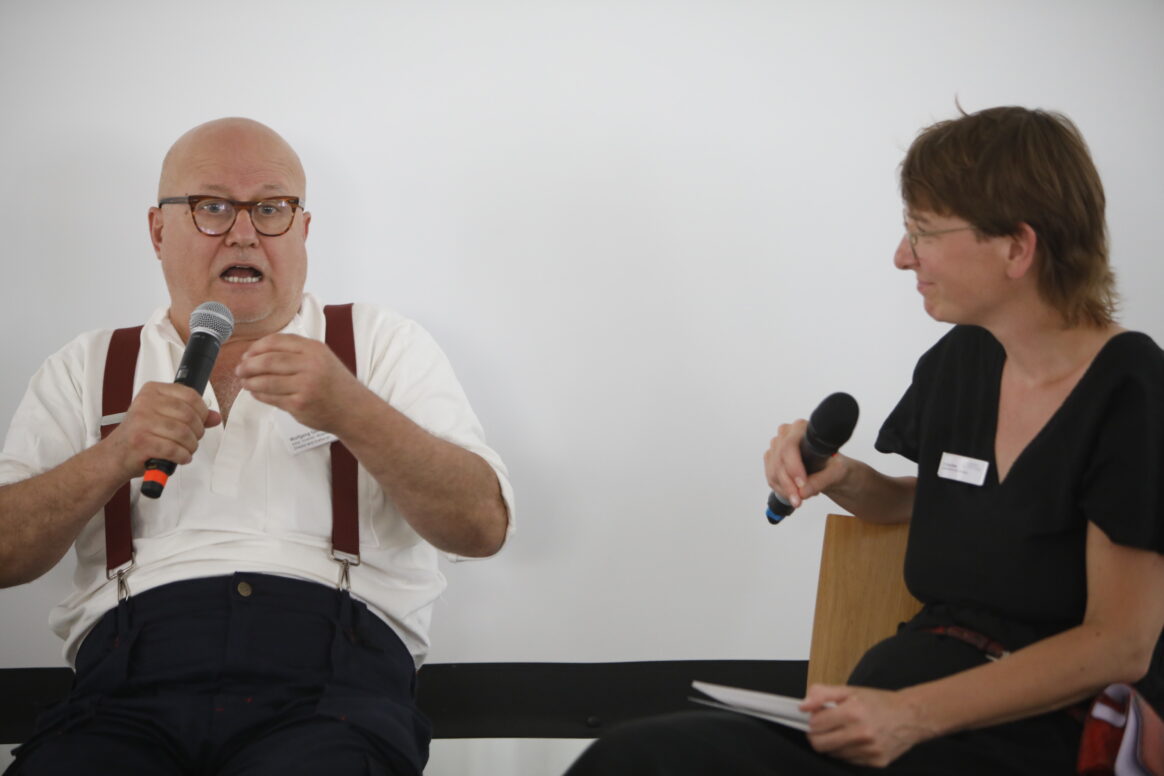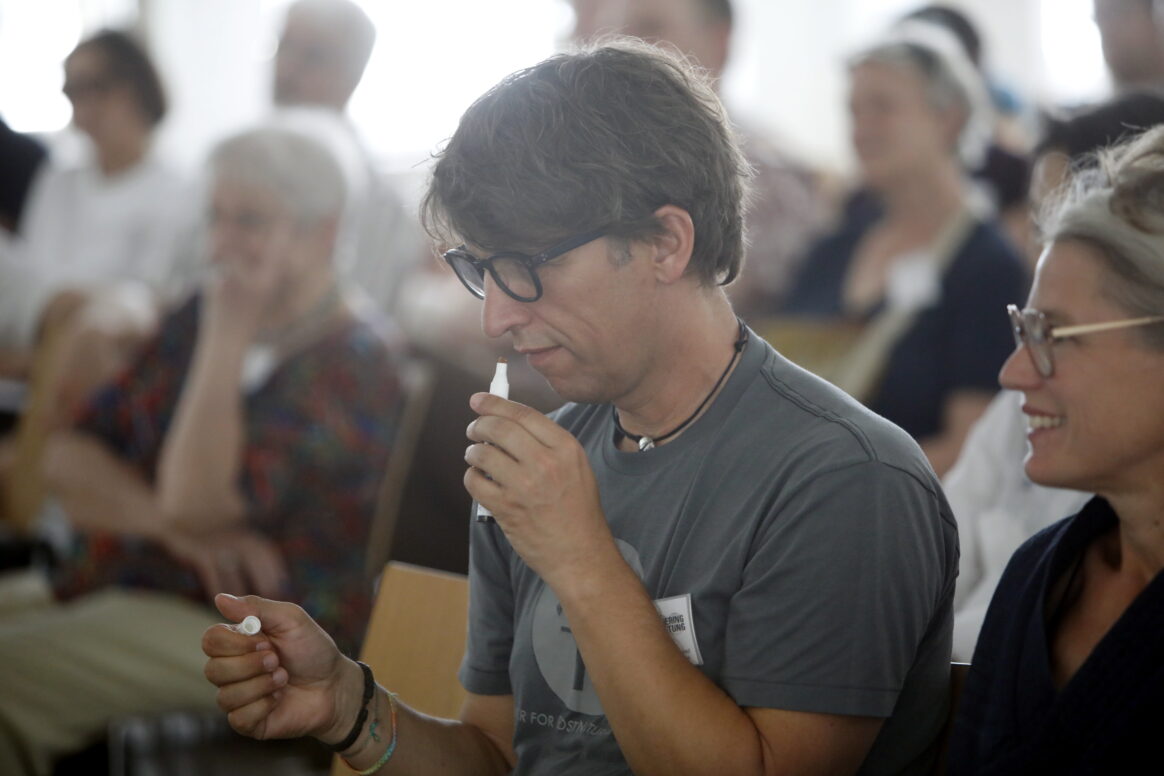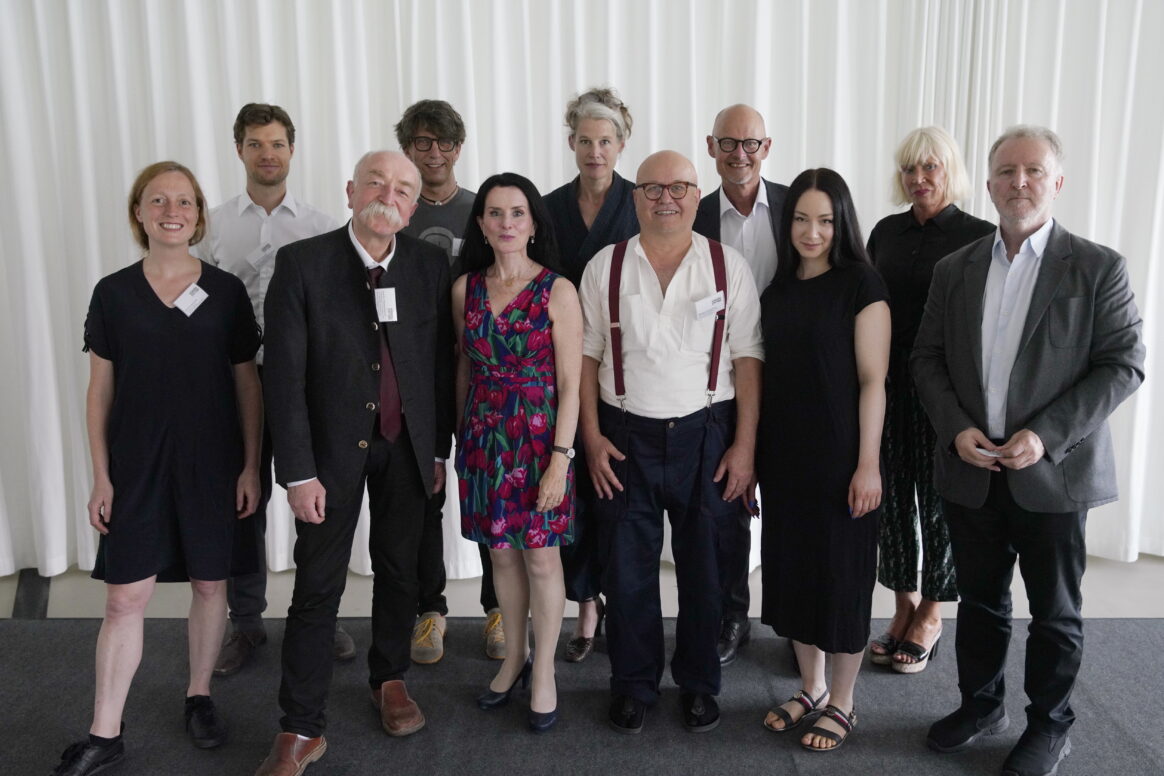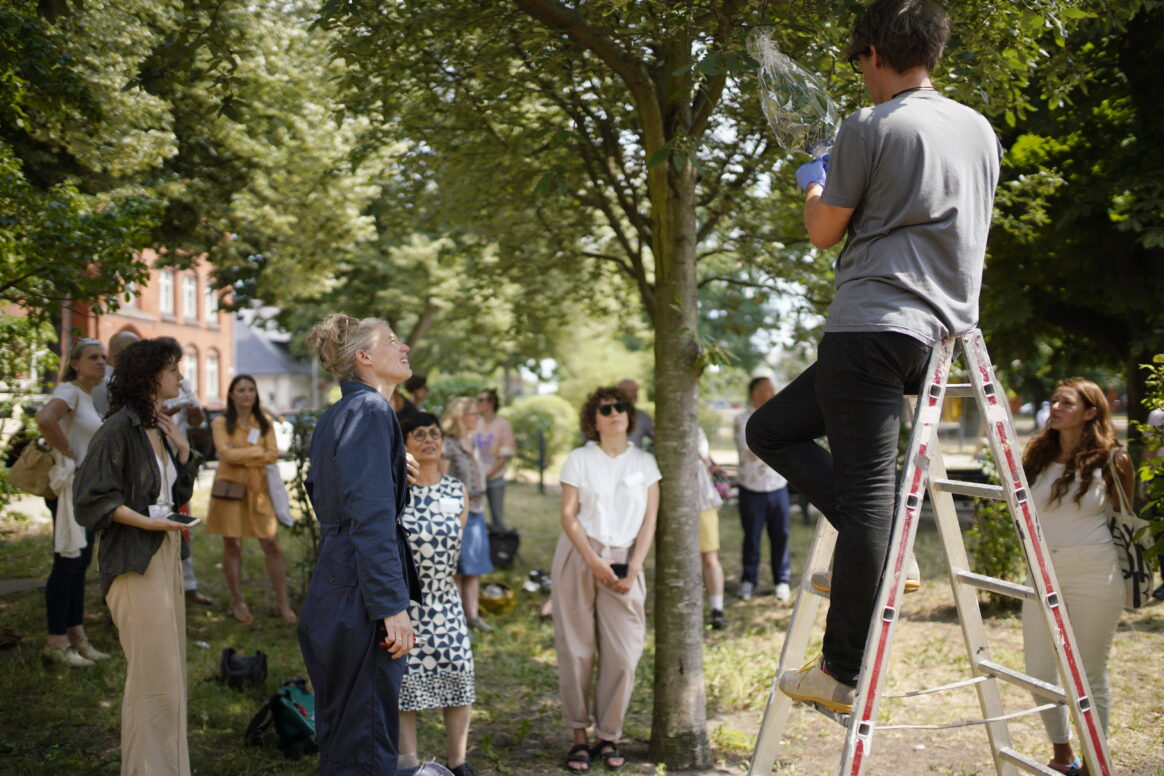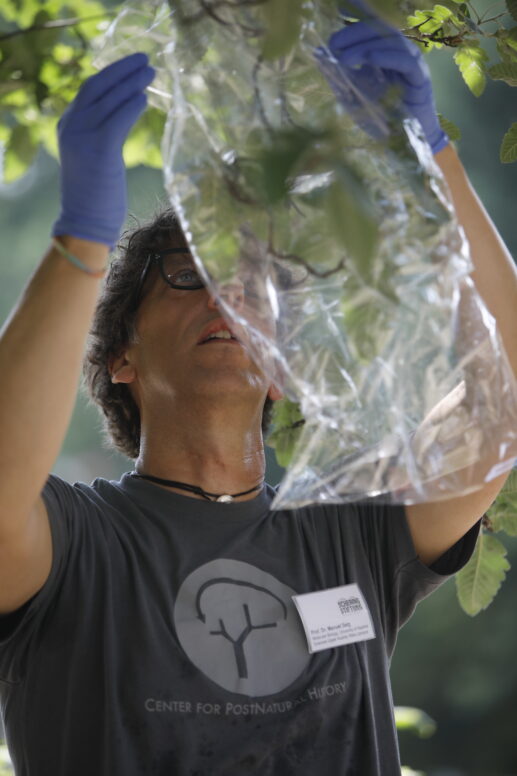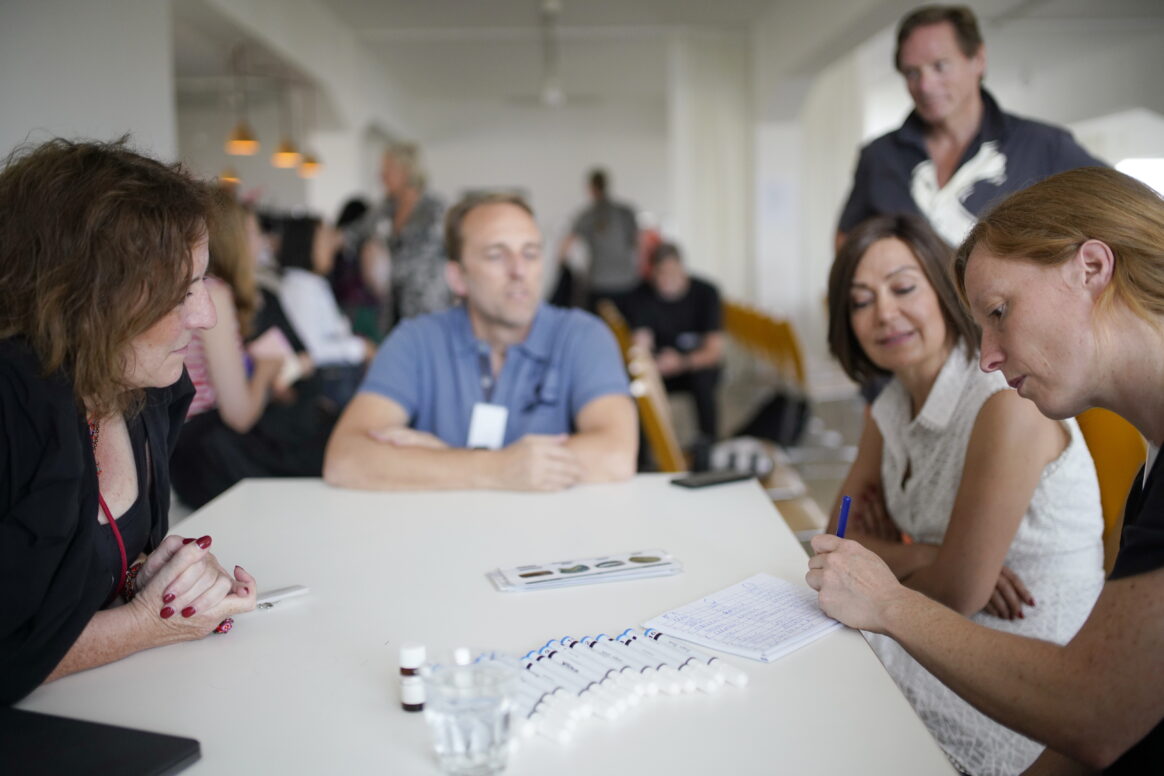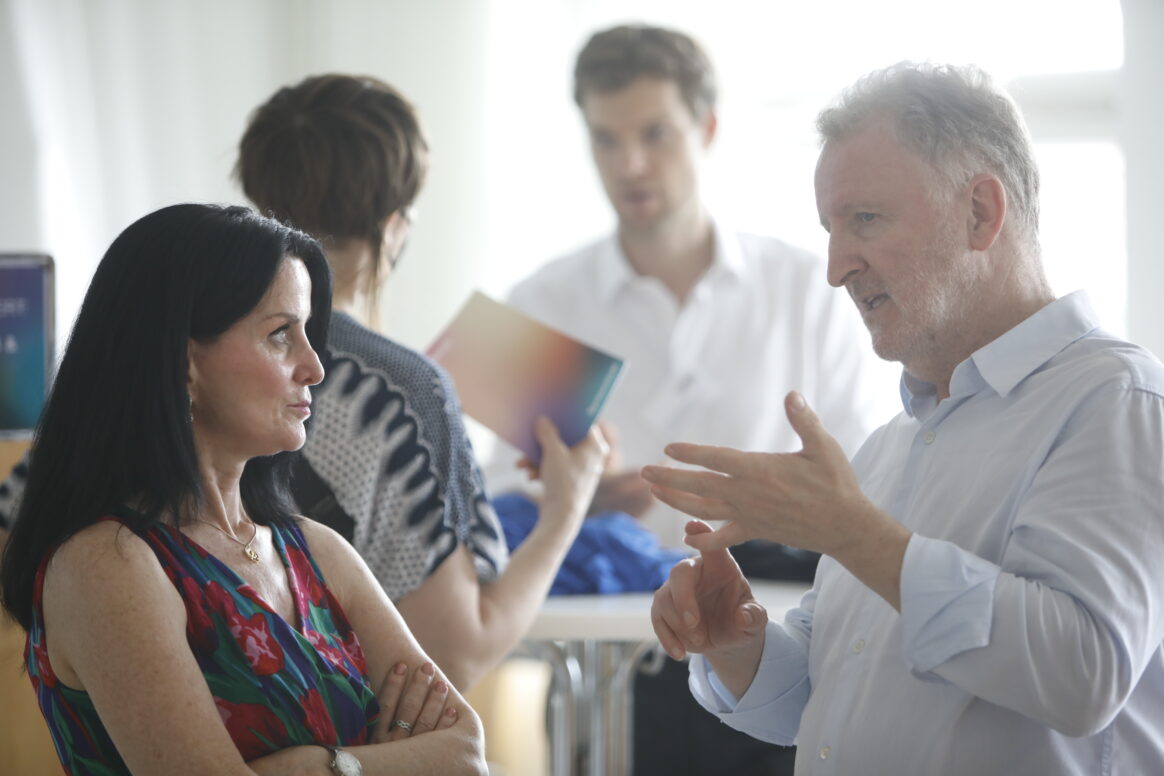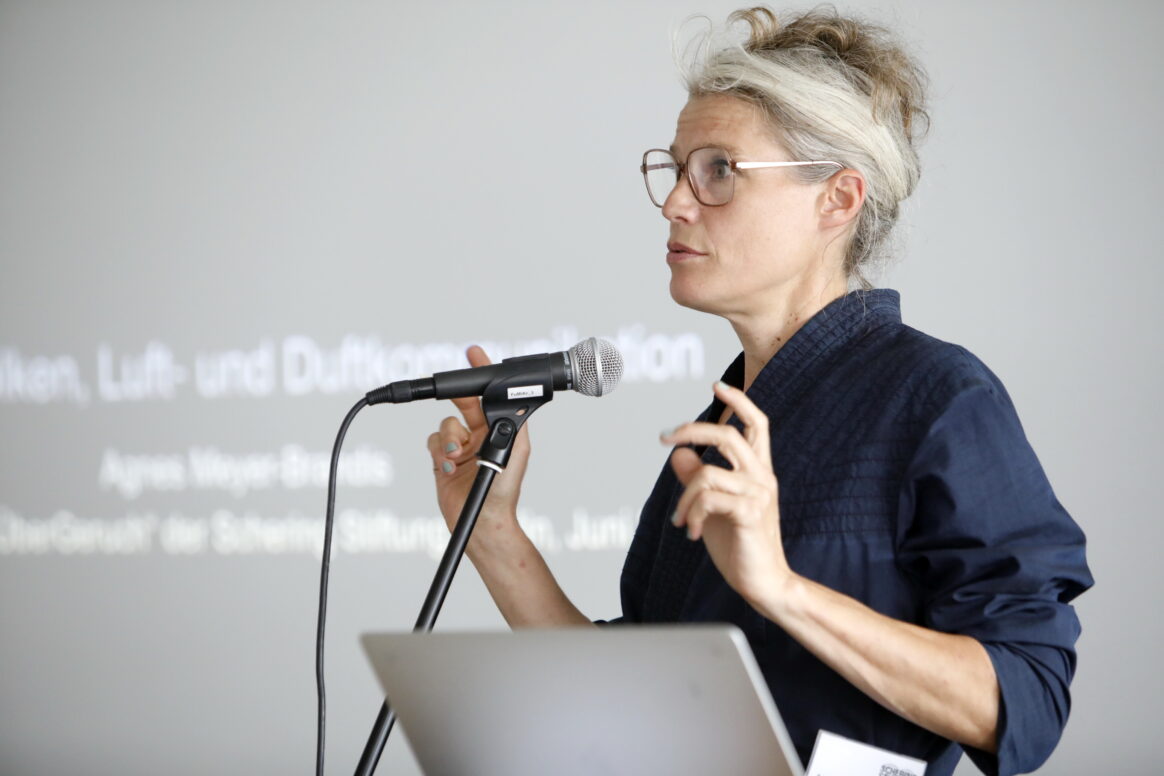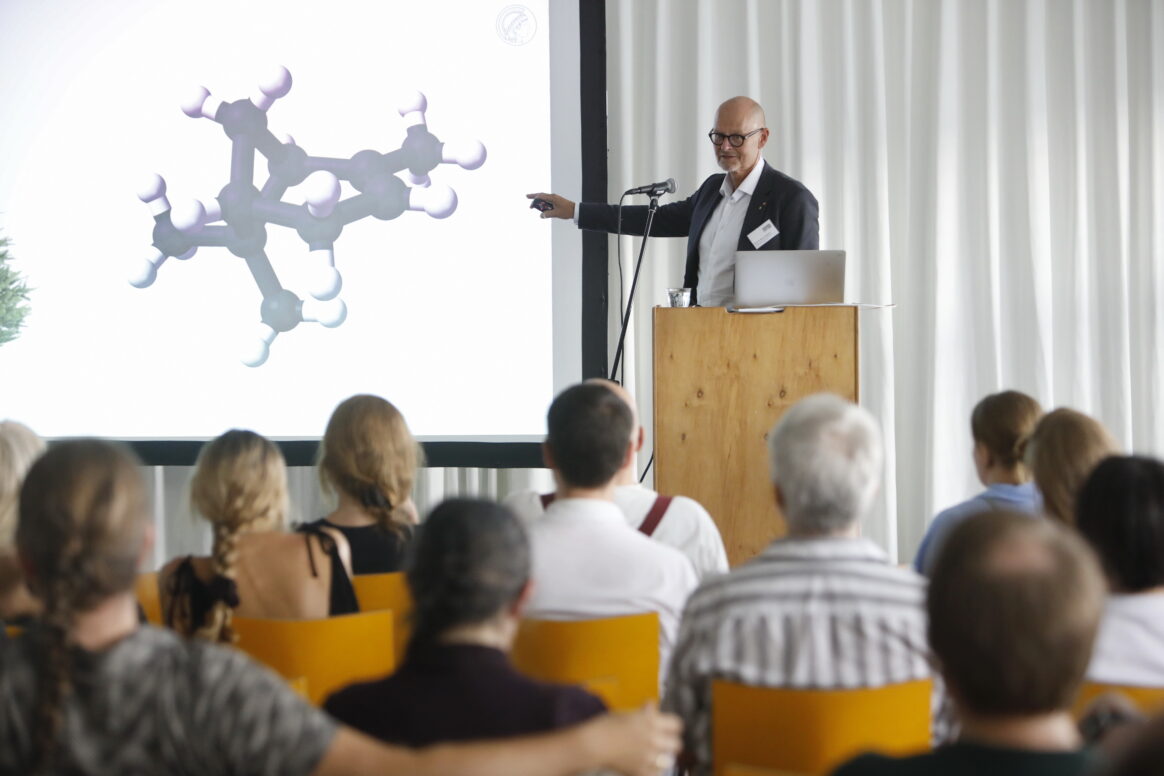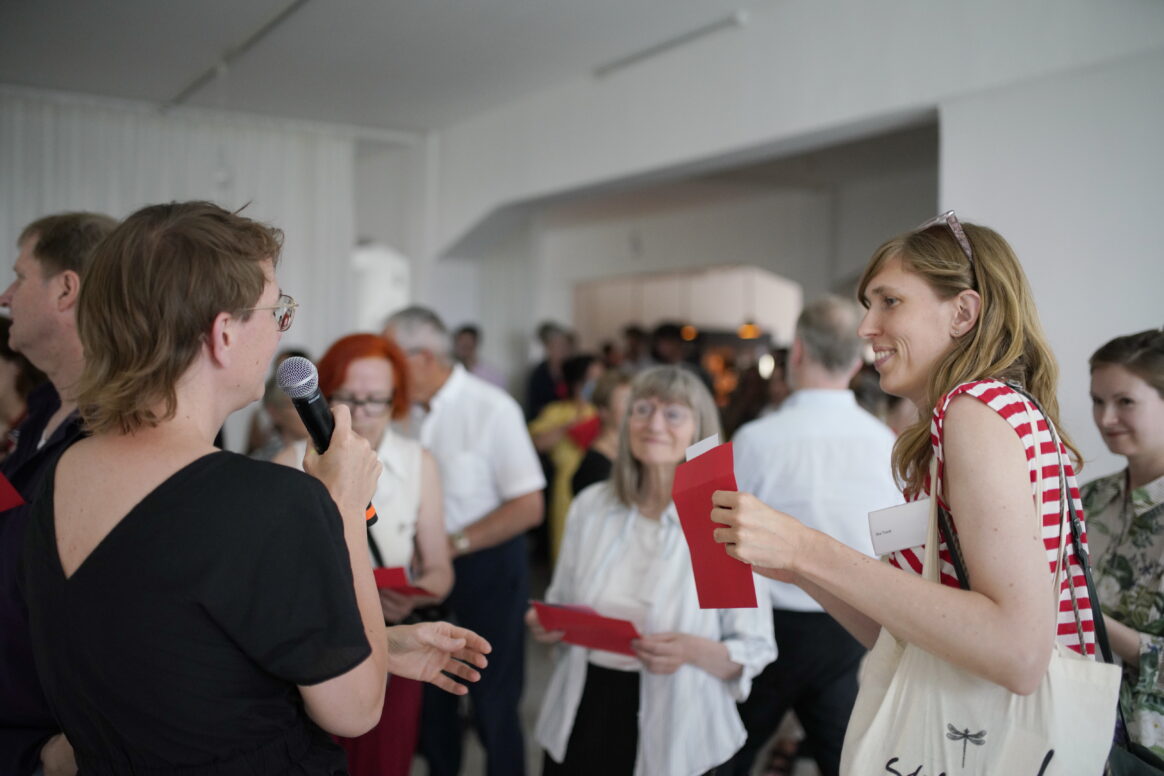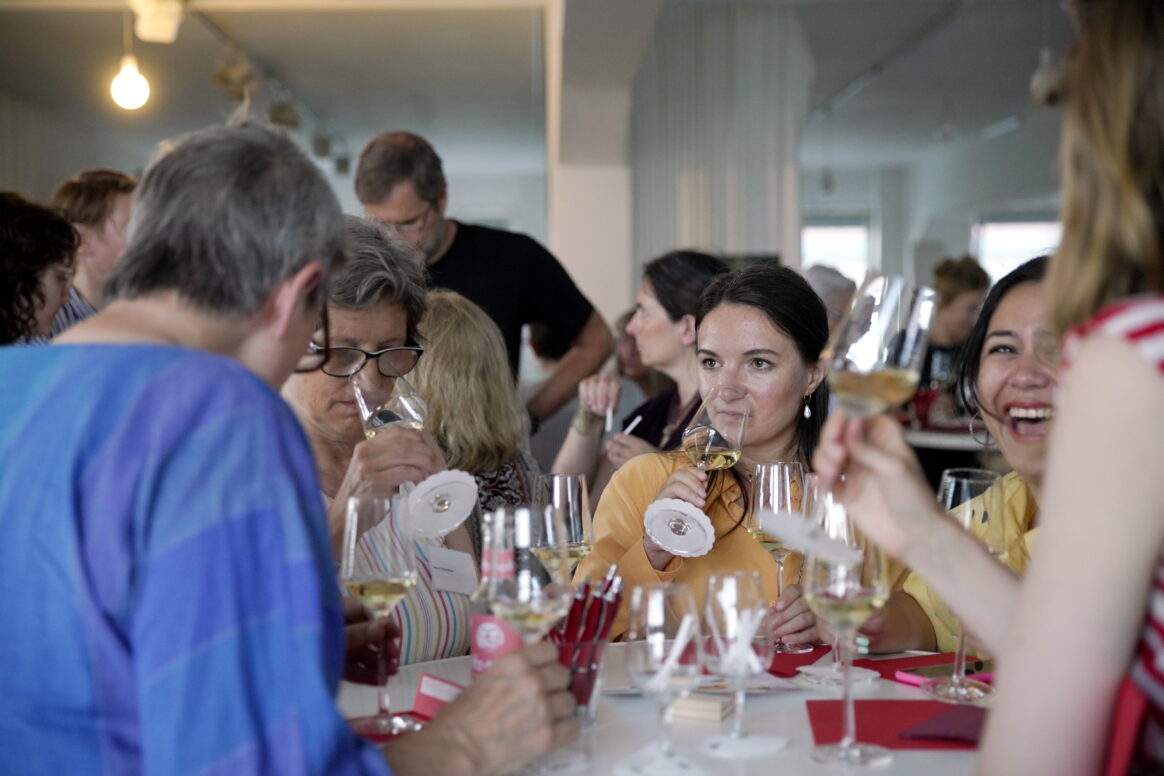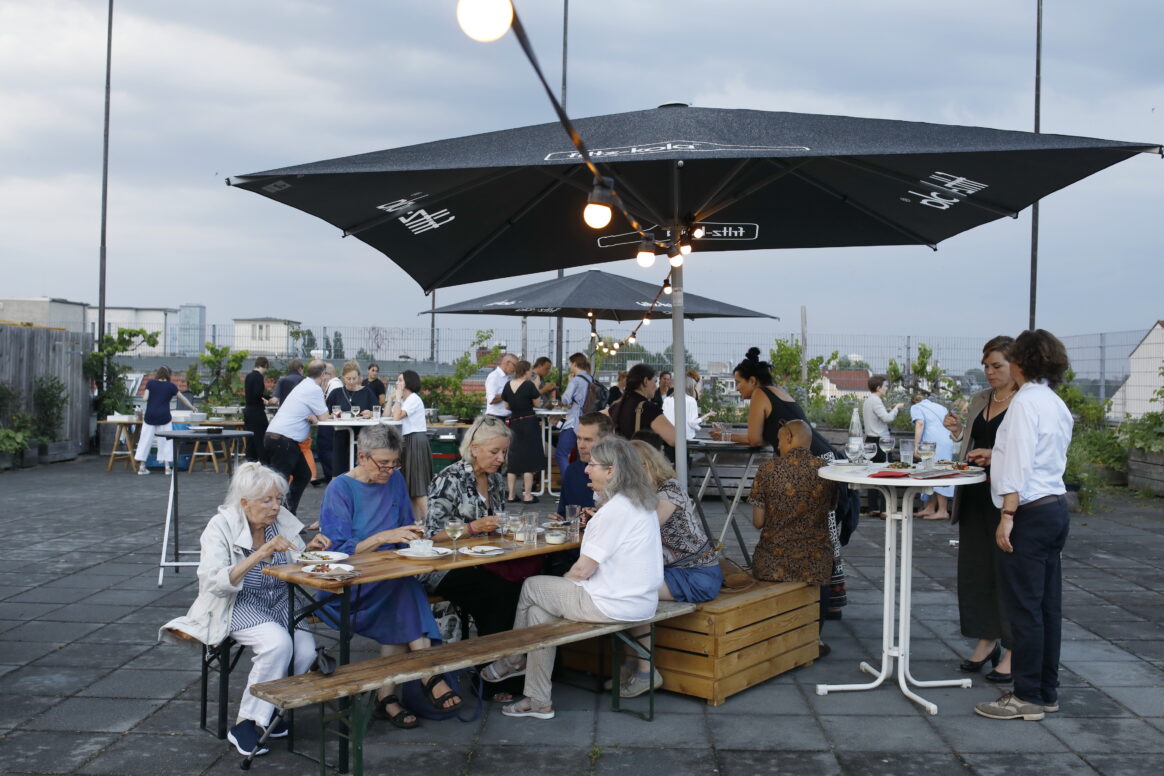
Symposium
Date:
June 25, 2022, 9 a.m.–10 p.m.
Registration for the event is closed.
The interdisciplinary symposium on the topic of smell and smelling provides a space for exploring the topic from a variety of perspectives and disciplines through lectures, discussions, workshops, and interactions. Speakers are artists, scholars, and scientists from the disciplines of philosophy, egyptology, neurosciences, psychology, and medicine, among others.
Speakers: Dr. Chris Callewaert, Biological Scientist, Ghent; Prof. Dr. Ilona Croy, Psychologist, Jena; Wolfgang Georgsdorf, Artist, Berlin; Dora Goldsmith, Egyptologist, Berlin; Prof. Dr. Bill S. Hansson, Neuroethologist, Jena; Prof. Dr. Thomas Hummel, Physician, Dresden; Angela Loi, Wine Expert, Berlin; Prof. Dr. Denise Manahan-Vaughan, Neurophysiologist, Bochum; Agnes Meyer-Brandis, Artist, Berlin; Prof. Dr. Manuel Selg, Microbiologist, Wels; Prof. Dr. Barry C. Smith, Philosopher, London; Sissel Tolaas, Smell REsearcher and artist, Berlin; and others.
PROGRAM
8:30 Registration
9:00–13:15 Talks and discussions – part 1
Prof. Dr. Barry C. Smith: Smell as the Not So Neglected Sense (Engl.)
Sissel Tolaas: AIRON_ONAIR. pAIRtitur (Engl.)
Prof. Dr. Denise Manahan-Vaughan: Why odours hold the key to our memories (Engl.)
Wolfgang Georgsdorf: Osmodrama – Journeys into the depths beyond the audiovisual space, followed by discussion on collaborations of scientific and artistic research on the human sense of smell with Prof. Dr. Ilona Croy and Prof. Dr. Thomas Hummel
Lunch
14:00–16:00 Workshops, experience space and interactions
Dr. Chris Callewaert: Probiotic sprays and clothing, Prof. Dr. Ilona Croy: Sniffin Sticks, Dora Goldsmith: Ancient Egyptian Fragrances, Agnes Meyer-Brandis & Prof. Dr. Manuel Selg: How to Become a Tree for Another Tree
16:00–19:00 Talks and discussions – part 2
Agnes Meyer-Brandis and Prof. Dr. Bill S. Hansson: Smelling the Trees
Dr. Chris Callewaert: Harnessing the power of the microbiome to change body odors (Engl.)
19:00–19:45 Multi sensory wine tasting
Angela Loi
from 20:00 Dinner & Get-together
Share this postGallery
Impressions from the Symposium "On Smell"
on the 25th of June 2022, in Colonia Nova, Berlin
Visit the media librarySpeakers
You might also be interested in
15th Berlin Foundation Week
"Building bridges" Building bridges and creating hope
Art Science Collaborations: Establishing a Research Agenda
Schering Foundation x ZKM | Karlsruhe
14th Berlin Foundation Week
"Everything okay?" Between permanent crisis and confidence
Hybrid Encounters
Art meets Science
Newsletter
Contact & social networks
Schering Stiftung
Unter den Linden 32-34
10117 Berlin
Telefon: +49.30.20 62 29 62
Email: info@scheringstiftung.de
Opening hours
Project space
Thursday to Monday: 1 pm - 7 pm
Saturday to Sunday: 11 am - 7 pm
free entrance

